The US Environmental Protection Agency (EPA) has signed off on a rule banning most uses of dichloromethane, also known as methylene chloride.
The chemical is commonly used as a paint stripper and has been linked to dozens of deaths, as well as cancers and other serious health issues. The action, announced on 30 April under the Toxic Substances Control Act (Tsca) that governs US chemical policy, followed the agency’s proposal about a year ago.
Dichloromethane is used by the public for degreasing and as a paint stripper, and commercially in products like adhesives and sealants. Industrially, the substance is used to make other chemicals like more environmentally-friendly refrigerants. At least 88 people have died from acute dichloromethane exposure in the US since 1980, and most of those fatalities were members of the public refinishing bathtubs or stripping paint, according to the EPA. Often, these individuals are fully trained and wearing personal protective equipment, the agency said.
Back in 2019, the EPA banned consumer use of dichloromethane and limited commercial applications, but the chemical nevertheless continues to be used widely. The agency’s new final risk management rule requires companies to rapidly reduce manufacturing, processing and distribution of this chemical for all consumer uses and most industrial and commercial uses. Consumer use will be phased out within a year, and most industrial and commercial uses will be prohibited within two years.
The EPA’s new regulation also establishes worker protections under Tsca for some industrial uses of the chemical, including strict exposure limits, monitoring requirements, and worker training and notification requirements.
The uses of dichloromethane that will continue under the final rule are those considered important to the country’s national security and economy. These include making other chemicals like refrigerants important for phasing out climate-damaging hydrofluorocarbons, producing battery separators for electric vehicles and laboratory use. In addition, other specific uses of the chemical required by Nasa, the Department of Defense and the Federal Aviation Administration will also be allowed to go on with strict workplace safety oversight intended to reduce exposure and minimise the risks to workers.
The EPA’s new rule has faced some backlash from the chemical industry. The American Chemistry Council, a trade group that represents US chemical companies, is arguing that dichloromethane is ‘a critical chemical’ used in many industrial and commercial applications. ‘ACC continues to be disappointed with EPA’s approach to establishing occupational exposure limits,’ the organisation said in a statement. ‘EPA’s methodology and approach need to be revised before being applied in subsequent risk management rules. Without making these improvements, these limits will be unworkable, unmeetable examples of unnecessary overregulation.’ The organisation says that it will work with the EPA as stakeholders move into the compliance phase.



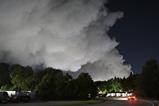


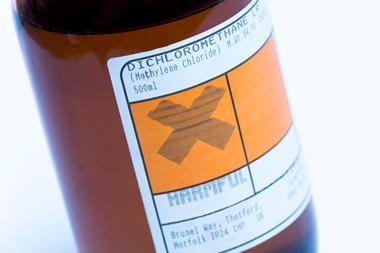

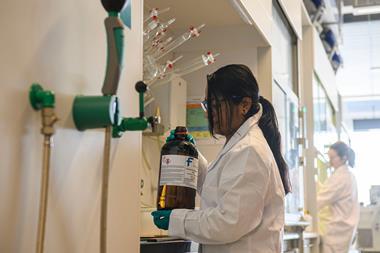

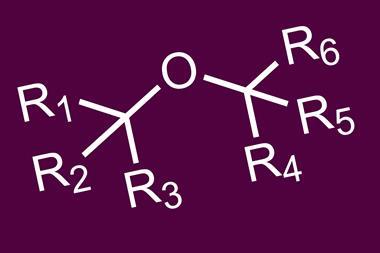
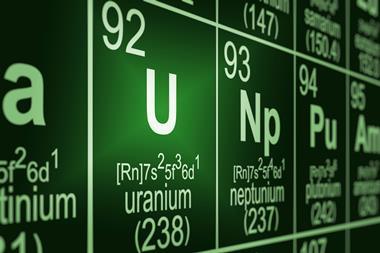





No comments yet